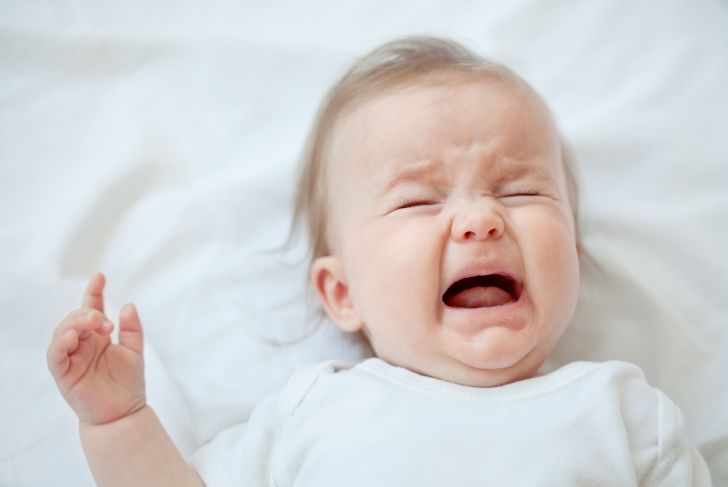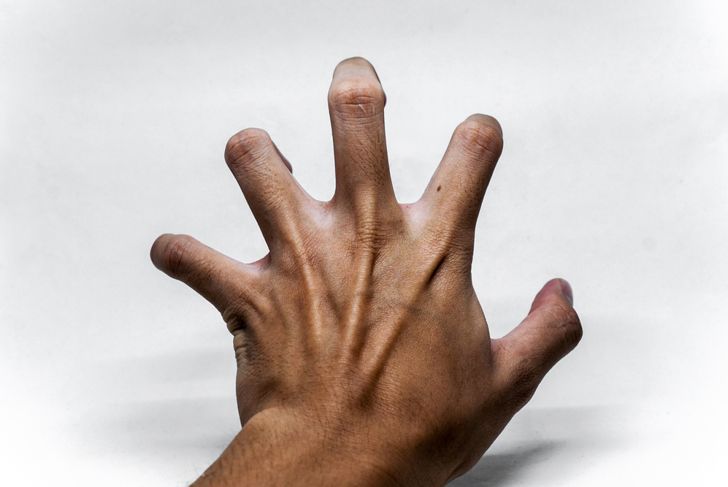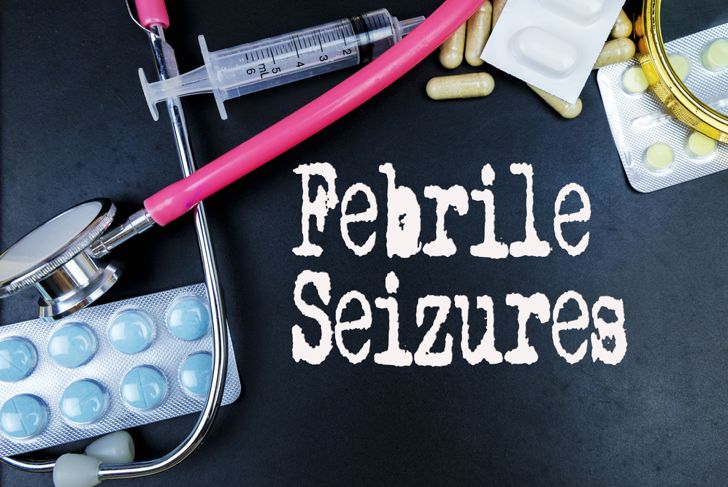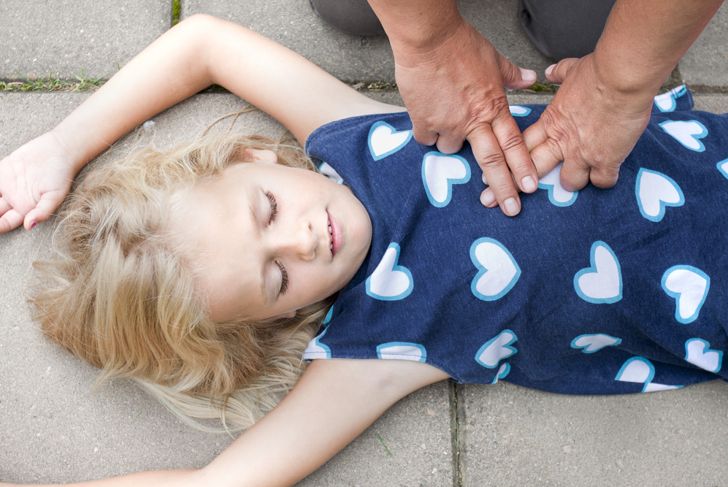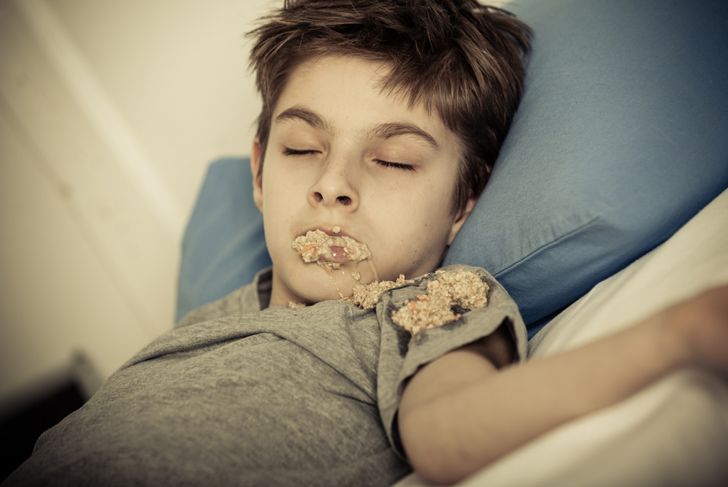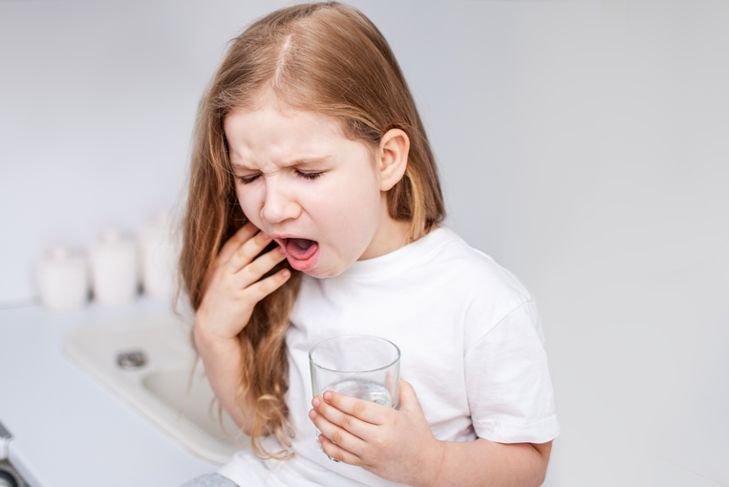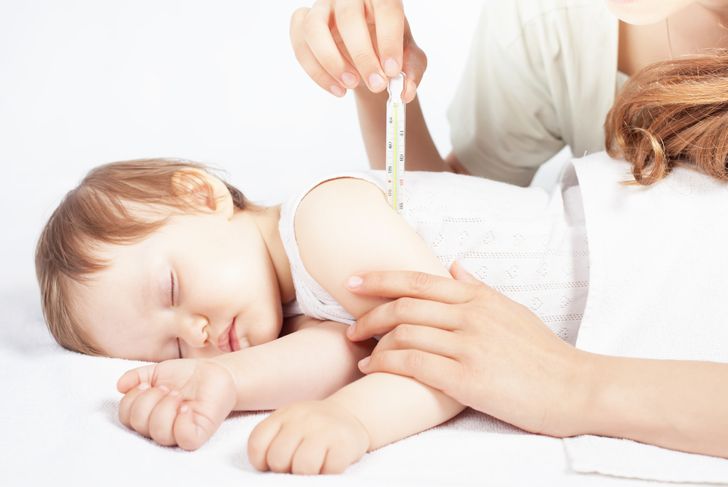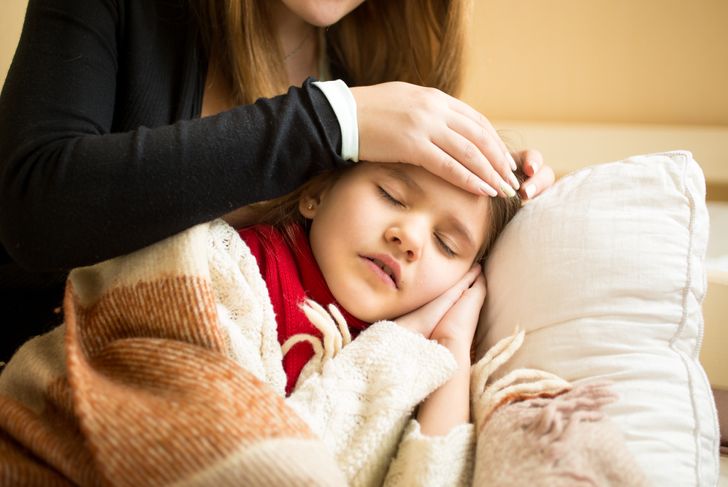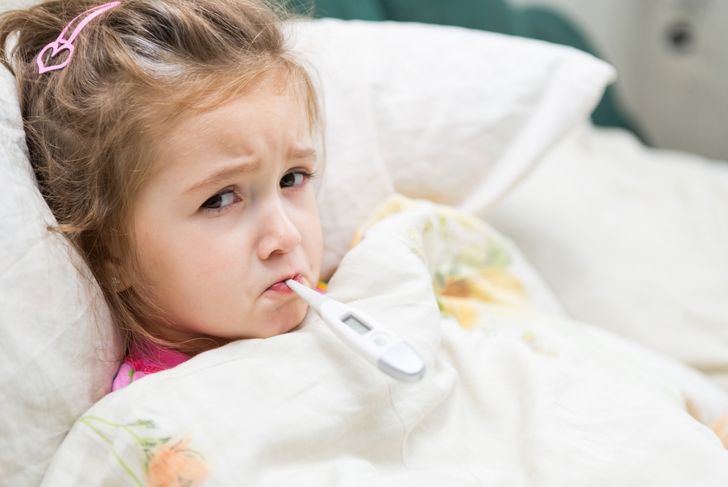A febrile seizure is triggered by a fever and occurs in children between the ages of nine months and five years old. This type of seizure does not cause harm to the otherwise healthy child. However, it is essential to diagnose the underlying condition that caused the fever. Febrile seizures are known to be hereditary and run in the family, but if it is your first time experiencing one, then it can be pretty scary.Most of the time, febrile seizures happen within the first 24 hours of an illness or infection. However, it may not be when the fever is at its highest peak. Ear infections or viral diseases may cause a febrile seizure, but in rare cases, meningitis might cause the problem. As a parent or caregiver, you want to be ready for any health conditions. Check out these ten symptoms and treatments for febrile seizures so you can be prepared.
Crying or Rolling of the Eyes
The symptoms of a febrile seizure can be very mild. Your child may cry during an episode. Obviously, your baby will cry for lots of reasons, especially if he or she has a fever and isn’t feeling well, to begin with. However, this crying might be a little more peculiar than usual. Your little one might even make a moaning noise. Another mild symptom of a febrile seizure is the child’s eyes rolling.
Tightening of the Muscles
A more obvious symptom of febrile seizures besides crying or moaning is the sudden tightening of the muscles. The contractions can occur on both sides of the body. This uncomfortable symptom can last for a few seconds or up to ten minutes.
Uncontrollable Shaking or Twitching
Convulsions are often associated with seizures and are a frightening symptom to experience. It might start off as a rhythmic jerking motion, but during a febrile seizure, a child can shake limbs on both sides of the body uncontrollably. In rare cases, a kid might have twitching on just one side of the body. It is also uncommon for shaking to occur in just one body part such as an arm or leg. Shaking for more than 15 minutes during the same illness is not a common symptom of febrile seizures.
Loss of Consciousness
If the toddler is standing before a febrile seizure strikes, he or she will fall to the floor. A child can even blackout during an episode. Often associated with a loss of consciousness is the inability to control bodily functions so the child may have an accident and pass urine.
Vomiting or Biting the Tongue
Even though your child is already sick with a fever, this type of vomiting is not the usual symptom associated with the flu. Although the action is the same, the other symptoms of febrile seizures will be present as well. Therefore, you should be able to tell between running to the bathroom because of an upset stomach and throwing up while having a seizure. Another symptom that may or may not occur is accidentally biting one’s tongue.
Difficulty Breathing
Compared to the moaning or tightening muscles for a few seconds, this symptom of febrile seizures is more dangerous. In some cases, children do not breathe as they experience this health condition. He or she may even turn blue during a febrile seizure, especially if the child is biting n the tongue. If he or she had something in the mouth before having a seizure, it could pose a choking hazard.
Fever
The internal body temperature should be 98.6 degrees Fahrenheit, or 37 degrees Celsius. A fever occurs whenever this number rises. However, if your child has a temperature of 100.4 degrees Fahrenheit, or 38 degrees Celsius, then it is considered a more serious condition. Most of the kids that have febrile seizures record rectal temperatures greater than 102 degrees Fahrenheit, or 38.9 degrees Celsius.
Treatment: Turn Child to the Side
There are several things you can do to help a child during a febrile seizure. Although it won’t automatically stop the seizure from happening, you should remove any objects nearby that may cause injury. If possible, you should remove clothes from the waist up or at least loosen any tight clothing that is around the neck. If your little one vomits, turn him or her to the side or on the stomach. Try to monitor if the child is biting his or her tongue, or if anything else is blocking the airway. Never try to force an object into the baby’s mouth to prevent him or her from biting the tongue. You should also refrain from holding a child down or restraining the movements.
Treatment: Bring the Fever Down
Since a febrile seizure is caused by a fever, you should do focus your attention on bringing it down. You can give the child an acetaminophen suppository; it is inserted into the rectum because giving it by mouth poses a choking hazard. You can place a cool washcloth or towel around the child’s neck and forehead. Sponging the rest of the body with lukewarm water can also help. Never use water that is too cold or alcohol because it can make the fever worse. After your child is awake and the febrile seizure is over, you can administer a normal dose of acetaminophen or ibuprofen to keep the fever at bay.
Treatment: Visit the Doctor
You might feel the need to rush to the emergency room during a febrile seizure unless it is very brief and mild. If you have already experienced something like that before, then you might know how to manage the symptoms, and can visit the doctor at an appropriate time of day. Nevertheless, it is essential to identify the cause of the fever. The doctor may perform some tests to check for signs of more serious infections or illnesses such as meningitis. Dehydration may have to be treated if serious vomiting or diarrhea occurred. Blood or urine tests may also be recommended to pinpoint the reason for the fever.

 Home
Home Health
Health Diet & Nutrition
Diet & Nutrition Living Well
Living Well More
More